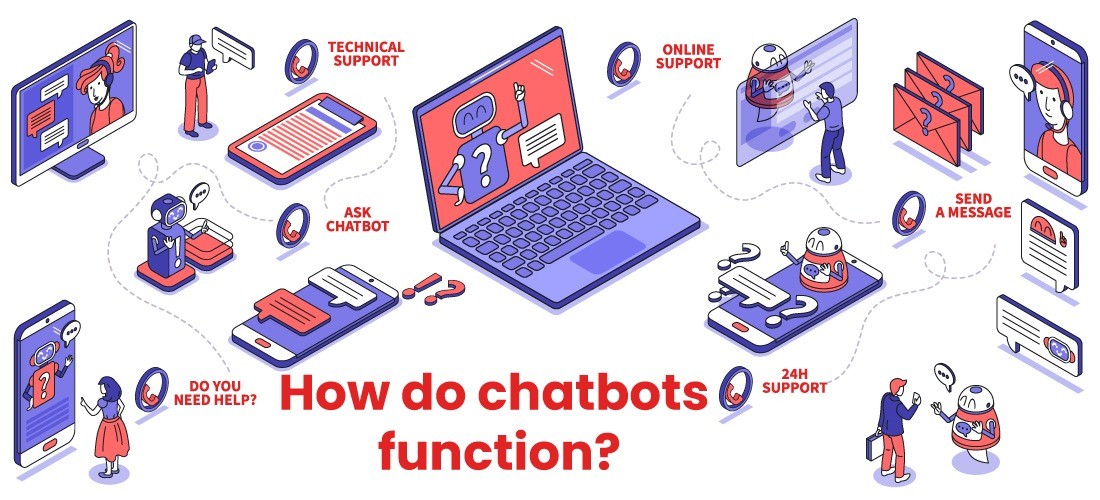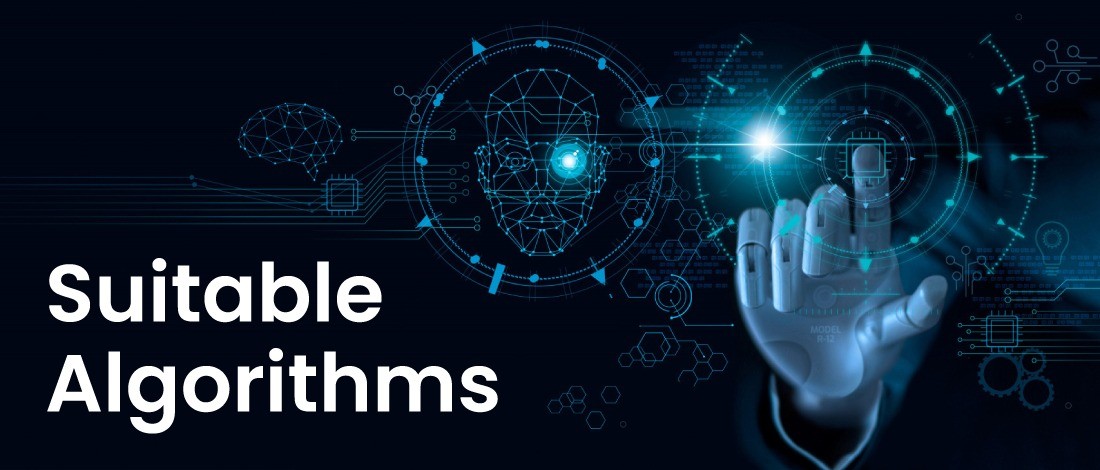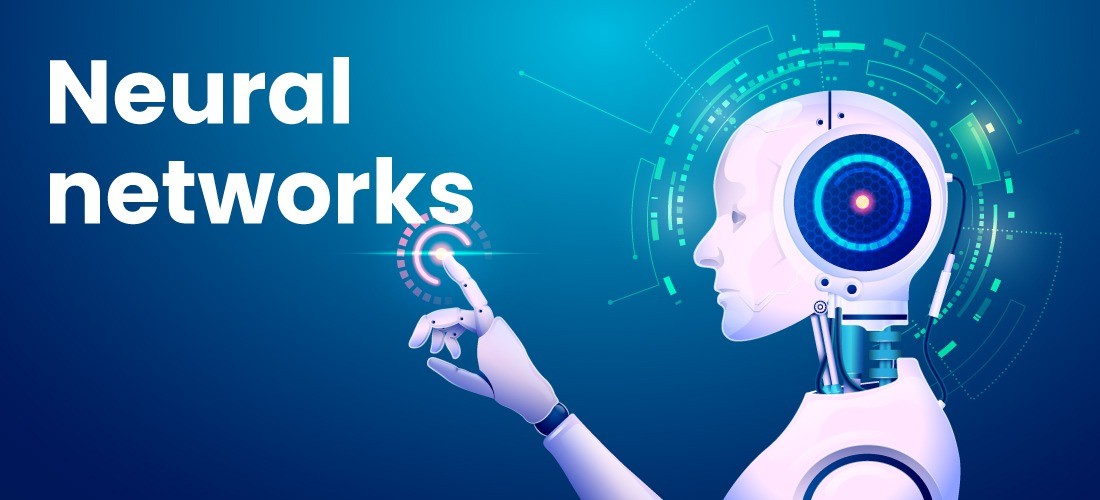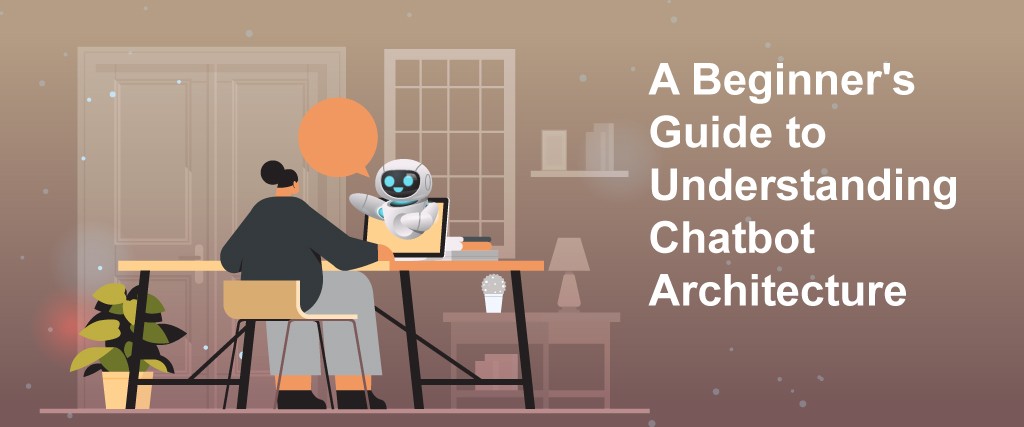Chatbot Architecture: Voice calls are being phased out to favor text and graphics in communication.
According to a Facebook poll, more than half of buyers prefer to purchase from a company they can contact through chat.
Chatting has become the new socially acceptable method of communication.
It allows businesses to communicate with their consumers from any location.
Chatbots are increasingly gaining popularity among both companies and consumers due to their ease of use and reduced wait times.

Chatbots, or automated conversational programs, provide clients with a more customized method to access services via a text-based interface.
However, how do chatbots function?
What enables these computer systems to comprehend the objectives of their users?
What’s more, how can chatbots contextualize replies for various conversations?
Let’s see what we can find out!
Chatbot Architecture – How do chatbots function?

Chatbots come in various shapes and sizes, and their functionality varies correspondingly.
Chatbots include virtual assistants, inquiry bots, and domain-specific bots.
Question-and-answer chatbots are more superficial and need more minor abilities.
Chatbots that employ AI and machine learning to their maximum extent, on the other hand, can resemble human communication and improve user experience.
The majority of chatbots are designed to have one or more of the following capabilities:
Suitable algorithms

Algorithms are important in this scenario because they help chatbots evaluate large datasets.
A class of words is assigned to each input, and each word is tallied for the number of times it appears.
It is then calculated for its common type, and each class is assigned an overall rank using algorithms.
The algorithms score the course with the most significant level, undoubtedly related to the input text.
In brief, the chatbot selects the proper answer from a prepared list of premade responses based on the message and context of the discussion.
These chatbots deliver more predictable outcomes than rule-based bots, even if the highest score merely provides relativity and does not ensure a perfect match.
The availability of many algorithms has made it simpler for developers to create algorithm-based models that are acceptable.
These chatbots are more practical, and they may be used to engage with people and respond appropriately.
These chatbots may conduct transactional operations and fulfill specialized goals by using Natural Language Understanding (NLU) and algorithms.
These models employ directed flow algorithms to solve user questions in a manner that pushes them closer to a solution.
They use a systematic approach based on pre-existing data rather than purpose.
They’re often utilized for goal-oriented activities, bearing in mind the user’s expectations of the brand and the potential range of inquiries in a specific situation.
Neural networks

An artificial neural network (ANN) is a computer system of layers of essential but densely linked pieces or nodes known as ‘neurons.’
These further process data by responding to external inputs with dynamic state responses.
The personality of generative-based chatbots is determined via Seq2seq artificial neural networks.
Artificial neural network-based models construct replies on the fly, while acceptable algorithm-based models need a library of potential responses to pick from.
As the chatbot progresses through each layer of the AI neural network, the pattern recognition to generate the desired answer becomes more powerful and accurate.
Input layers, hidden layers, and output layers are the three linked layers of the neural network that allow the generative model to interpret and learn data.
Natural Language Processing (NLP)

NLP, a branch of AI and machine learning, is at the core of a hybrid chatbot’s structure, allowing it to interpret natural language.
It recognizes the subtleties of human interaction and acknowledges that user instructions or searches do not need to be as precise.
Chatbots that have been imbued with natural language processing (NLP) replicate human-like communication and decipher user intent to provide intelligent responses.
Unlike generative models, which make it impossible for chatbots to conduct open-ended discussions because of the predetermined flow, AI chatbots may engage users on various subjects.
Depending on the following aspects, NLP allows chatbots to understand different user intentions and reduce errors.
Decoding intent:
NLP interprets user intent by breaking down user inputs and understanding the meaning of words, their location, conjugation, plurality, and many other variables present in a human conversation.
Recognizing utterance:
NLP-enabled chatbots can identify the instances of phrases that a user may use to refer to an intent.
Entity Recognition:
Chatbots may recognize entities from a field of data or words connected to time, location, description, a synonym for a word, a person, a number, or anything else that describes an item.
Contextual understanding – Chatbot Architecture
NLP aids chatbots in deciphering context by assessing inputs such as time, geography, conversation history, tone, phrase structure, sentiment, etc.
The digital connections between companies and consumers are getting more complicated.
Chatbot designs highlight the complexities of making conversational interfaces smart enough to handle these sophisticated digital interactions.
As the number of people using the internet grows, many people will use chatbots.
Understanding what fuels these chatbots will be necessary for organizations to properly realize their potential in the coming years.
FAQ List
1. What is the chatbot’s architecture?
In most chatbot architecture designs, intentions, entities, the dialogue flow (State Machine), and scripts are the four pillars.
The blocks or states that a user navigates between are included in the dialogue. Each dialogue has one or more intents and entities connected with it.
2. How is Natural Language Processing (NLP) employed in chatbots?
To give a better customer experience, these AI-powered chatbots employ a component of AI called natural language processing (NLP).
These NLP chatbots, also known as virtual agents or intelligent virtual assistants, aid human agents by automating repetitive and time-consuming exchanges.
Conclusion
In many applications, the chatbot is connected to the database.
The database is used to keep the chatbot running and provide relevant replies to each user.
NLP uses a combination of text and patterns to convert human language into data information that may be used to find appropriate responses.
It is created using natural language processing (NLP) applications, programming interfaces, and services.
And make it feasible for all types of enterprises, whether small, medium, or significant.
The main idea here is that intelligent bots may assist grow a company’s client base by improving customer support services, resulting in more sales.
Read More: Top 10 Chatbot Development Companies In India For 2021 and Beyond







